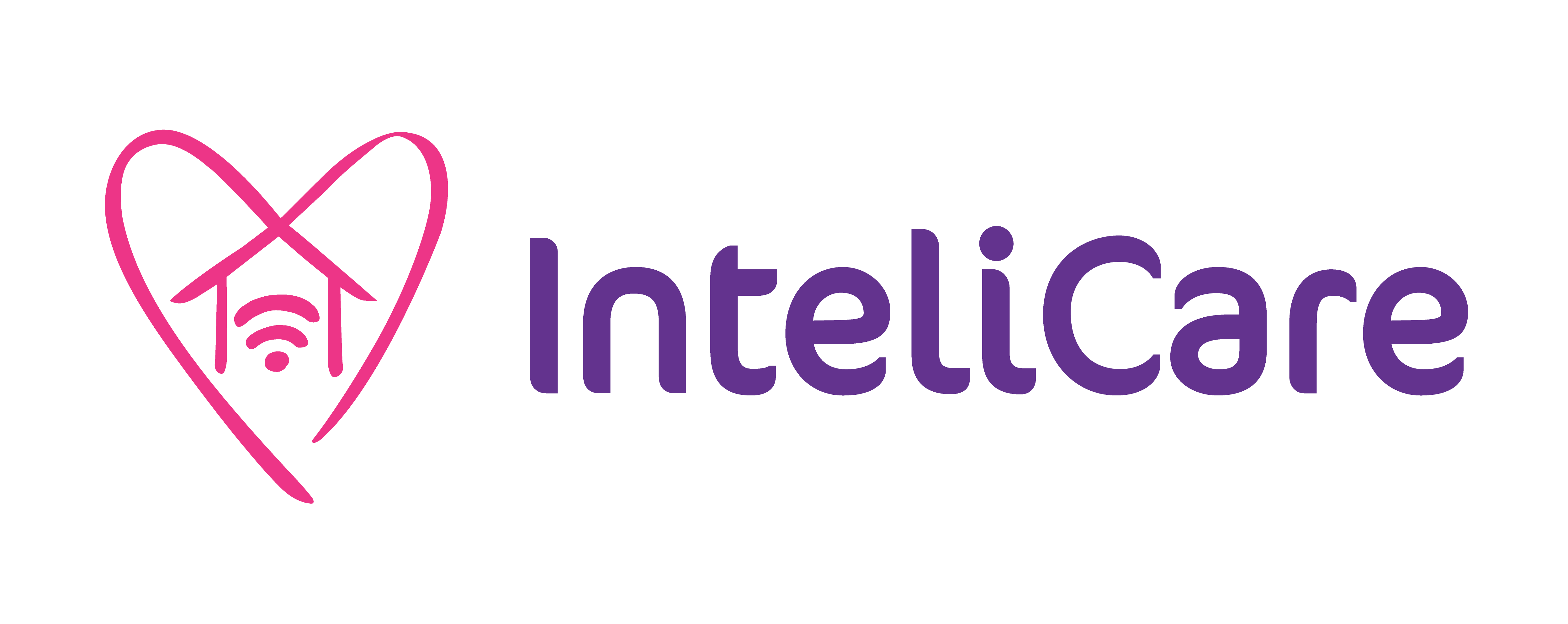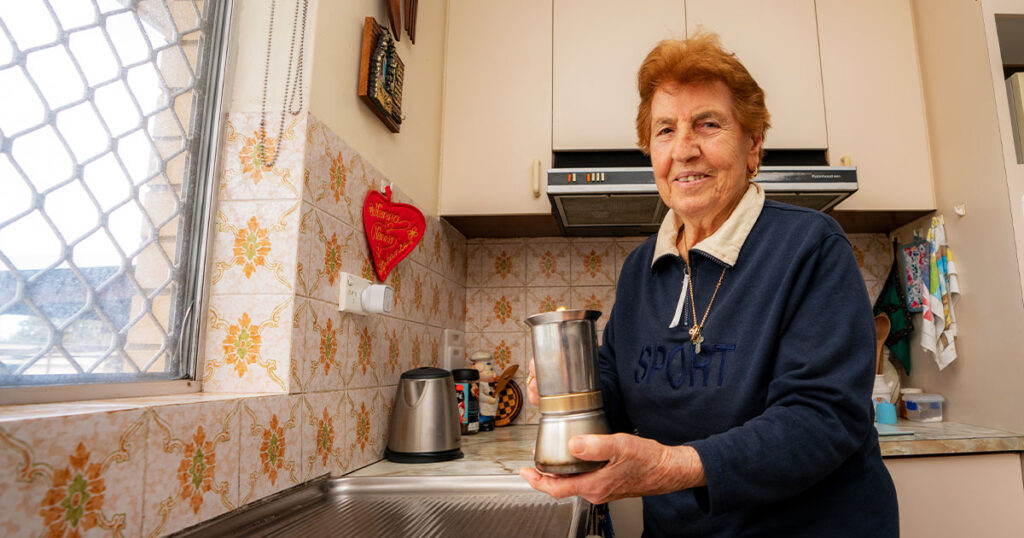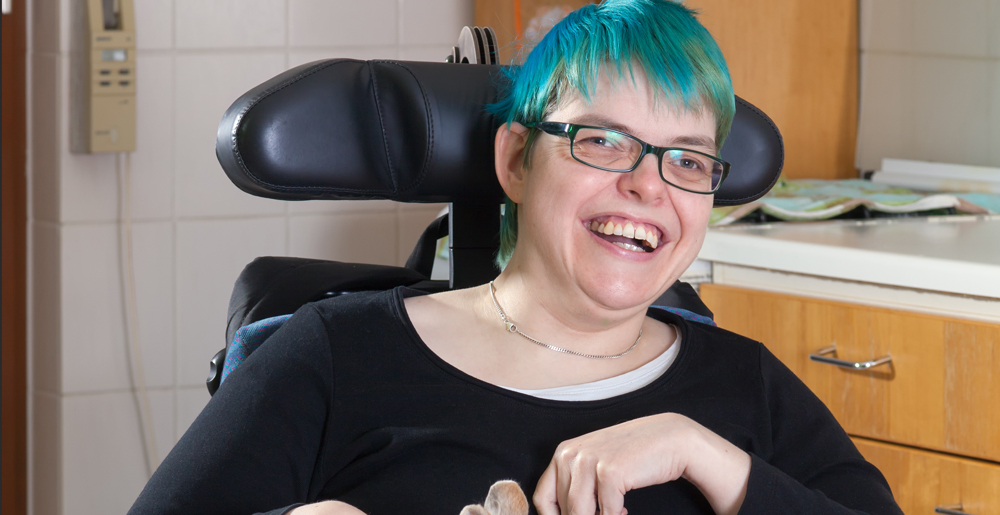The recent outbreaks of COVID-19 in Victoria and NSW has brought the reality of the pandemic back to many Australians who thought there was light at the end of the tunnel. In a recent article for The Australian, by InteliCare‘s CEO and Managing Director, Jason Waller, he writes the changes needed in the Australian healthcare system to cope with what lies ahead.
Jason explains Australia’s approach to coronavirus was to “flatten the curve” through community isolation then control the level of transmission and allow the virus to dies out through herd immunity.
Australia began flattening the curve but then it failed to adopt the second half of the approach. We seem to have gone from buying time, to zero tolerance. In my opinion, this is a grave mistake because there are no other viable options open to us.
The estimated time for a vaccine is at least 12 months and with Australia unable to economically sustain a lockdown for that long, what solutions are available to manage both the safety of Australians and the economic stress of lockdowns?
My suggestion is that we continue down the path we started with flattening the curve but as we enter the second stage of the herd immunity approach, the controlled transmission stage, we protect the small and very important part of our population who should not form part of the herd.
Our most vulnerable group are people over 65, which makes up 15% of the population.
Protecting this demographic does not need to be onerous or particularly expensive because we have the technology available that can engage and connect remote monitoring and telehealth resources. Using technology to ensure older Australians do not become exposed to virus pathways is possible, it just requires more Government support.
Jason estimates the cost of remote monitoring for the entire elderly population would be around $8billion, but pales in comparison to the economic impact of lockdowns and hospitalisation.
He raises another concern, the lack of government funding for remote monitoring technology and suggests an alternative:
A better approach is to fund centralised monitoring centres, who work with families o share the burden and relieve an overstressed home care system.
Australia appears to be on the tipping point of another widespread COVID-19 outbreak and urgent action is required to rethink our approach to government-funded healthcare support for our vulnerable older Australians.
The technology is available that enables this. All it needs is Government support.
Read the full article in The Australian







